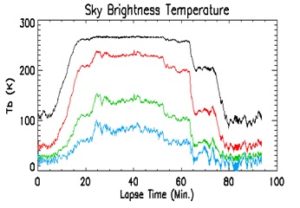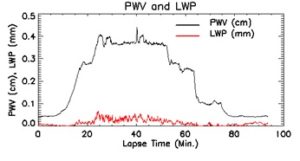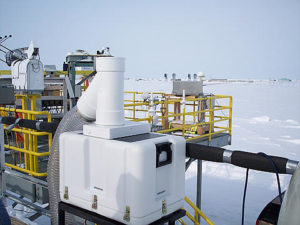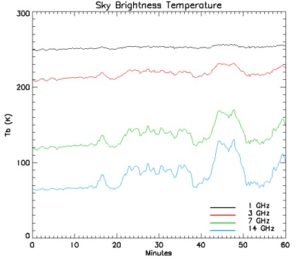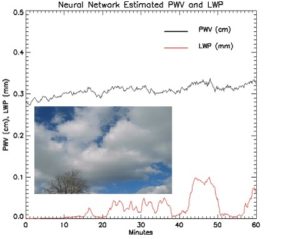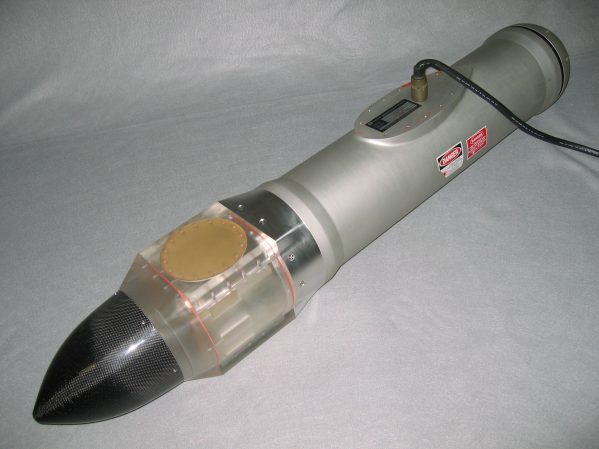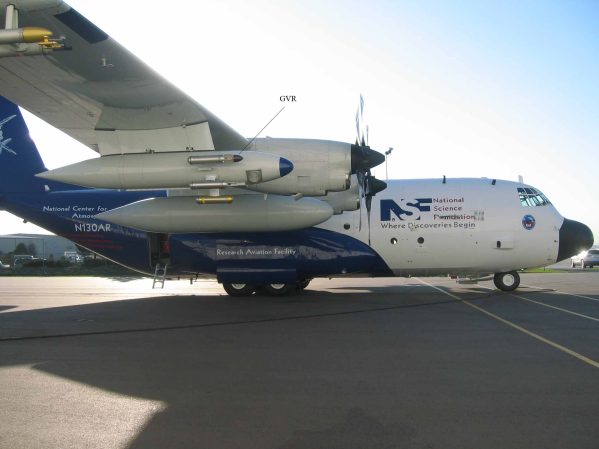Pazmany, A. L. 2007: “A compact 183-GHz radiometer for water vapor and liquid water sensing.” IEEE Trans. Geosci.. Remote Sens. Vol. 45, No. 7, pp. 2202-2206, July 2007. https://doi.org/10.1109/TGRS.2006.888104
Cadeddu, M. P., J. C. Liljegren and A. L. Pazmany 2007: “Measurements and retrievals from a new 183-GHz water-vapor radiometer in the Arctic.” Trans. Geosci. and Remote Sensing, 45, 7, 2207-2215. https://doi.org/10.1109/MICRAD.2006.1677098
Pazmany A. L. and M. Wolde 2008: “A Compact Airborne G-band (183 GHz) Water Vapor Radiometer and Retrievals of Liquid Cloud Parameters from Coincident Radiometer and Millimeter Wave Radar Measurements.” Extended Abstract, Microrad 2008, Florence, Italy.
Zuidema, P., D. Leon, A. L. Pazmany, and M. P. Cadeddu, 2012: “Aircraft millimeter-wave passive sensing of cloud liquid water and water vapor during VOCALS-REx”, Atmos. Chem. Phys. Discuss., 12, 355-369. https://doi.org/10.5194/acp-12-355-2012
Wang Z., J. French, G. Vali, P. Wechsler, S. Haimov, A. Rodi, M. Deng, D. Leon, J. Snider, L. Peng and A. L. Pazmany, 2012: “Single Aircraft Integration of Remote Sensing and In Situ Sampling for the Study of Cloud Microphysics and Dynamics.” Bull. Amer. Meteor. Soc., 93, 653–668. http://dx.doi.org/10.1175/BAMS-D-11-00044.1
